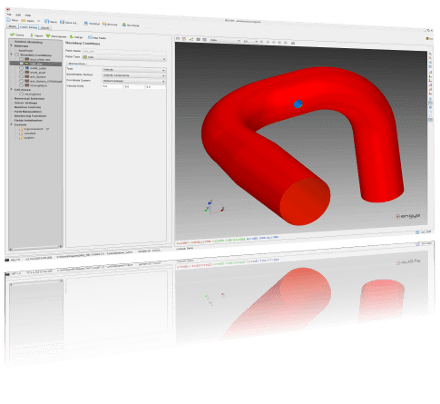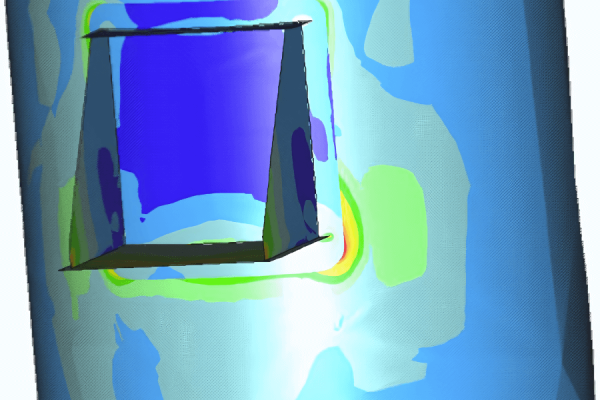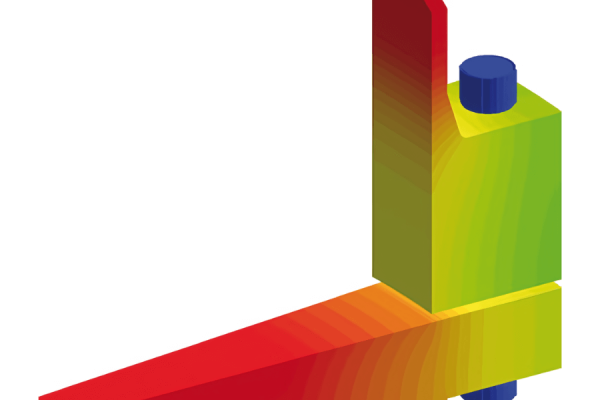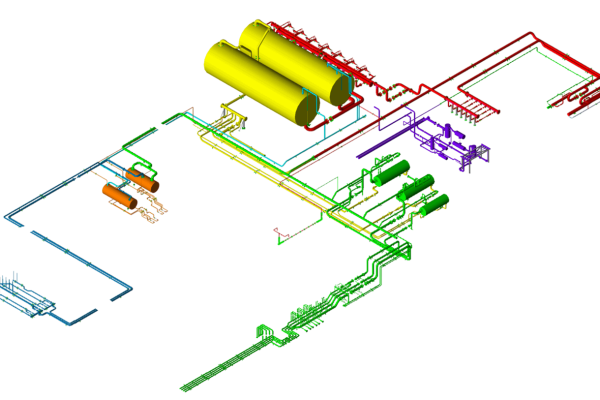DFC2017 abstracts: Efficient Industrial Conjugate Heat Transfer in HELYX v3
Presentation by Dr. Eugene de Villiers PhD. MSc. DIC (Engys UK)
DRG is proud to announce its first speaker on the 4th Conference on Flow Problems in Oil & Gas Industry on 4 October, 2017 at the DOB Academy in Delft.
One of our speakers is Dr. Eugene de Villiers PhD. MSc. DIC, managing director at Engys UK. During the DFC2017 Mr. De Villiers will give a presentation on Efficient Industrial Conjugate Heat Transfer (CHT) in HELYX v3.
Conjugate Heat Transfer (CHT) is a critical component in many CFD applications. However, making this functionality accessible requires a comprehensive approach that addresses all steps in the typical multi-physics process chain. In this talk we describe how HELYX v3 actualizes this capability.
Our methodology includes two main components:
– A new CHT solver that implicitly couples all solid and fluid regions in the domain for the purposes of solving the thermal system equations.
– GUI based workflow that effectively covers all the main steps needed to setup and solve multi-region problems.
In standard OPENFOAM® the thermal solution in multiple domains is coupled via explicit updating of boundary values and gradient. This amounts to a block Gauss–Seidel coupling which can suffer from slow convergence or instability. We describe a new framework for solving region-coupled equations implicitly using a monolithic system matrix that is automatically constructed from the component region matrices. This approach has the added advantage that existing well established solvers and I/O interfaces can be employed in its solution.

To setup and solve a CHT case involves many, often complex steps. By integrating the entire process into the HELYX GUI, significant savings can be made in terms of efficiency and process robustness. Our workflow includes geometry preparation, mesh generation, region coupling and manipulation, material properties handling, region settings and coupling, multi-region monitoring and post-processing.
The effectiveness of the method is demonstrated via several test cases. Comparative performance analysis as well as experimental validations confirm that our tool is ready for use in mission-critical design environments.






